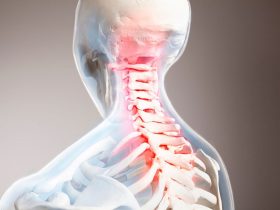Prediction feasible across time frames using certain clinical features
By Lori Solomon HealthDay Reporter
TUESDAY, March 5, 2024 (HealthDay News) — Artificial intelligence models may enable the flagging of dementia patients at risk for mortality, according to a study published online Feb. 28 in Communications Medicine.
Jimmy Zhang, M.D., from the Icahn School of Medicine at Mount Sinai in New York City, and colleagues developed machine-learning models to predict dementia patient mortality at four different survival thresholds using a dataset of 45,275 unique participants and 163,782 visit records from the U.S. National Alzheimer’s Coordinating Center.
The researchers reported that the models achieved an area under the receiver operating characteristic curve (AUC-ROC) of greater than 0.82 utilizing nine parsimonious features for all one-, three-, five-, and 10-year thresholds. Models mainly included dementia-related predictors such as specific neuropsychological tests and were minimally affected by other age-related causes of death (e.g., stroke and cardiovascular conditions). Across eight dementia types, there were shared and distinct predictors of mortality. Vascular dementia was grouped with depression and Lewy body dementia with frontotemporal lobar dementia in unsupervised clustering of mortality predictors.
“The ability of these models to identify dementia patients at a heightened risk of mortality could aid clinical practices, potentially allowing for earlier interventions and tailored treatment strategies to improve patient outcomes,” the authors write.
Copyright © 2024 HealthDay. All rights reserved.







